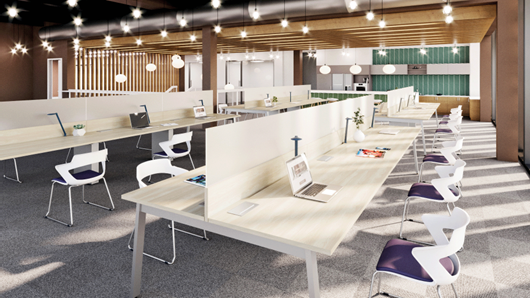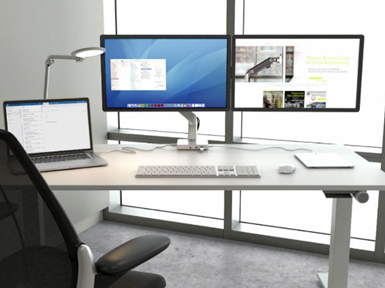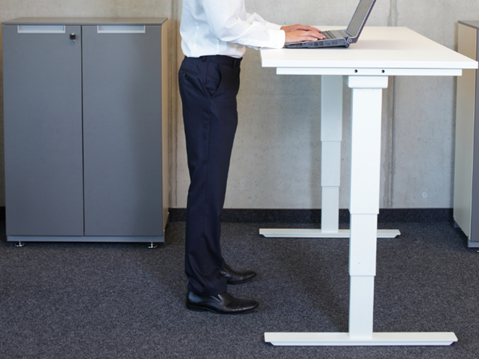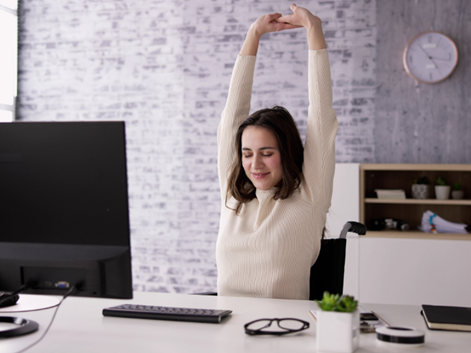Standing Desks vs. Sitting Desks: Finding the Right Balance
- Bobby Hopkins

- Feb 24
- 2 min read
Updated: May 23
The debate between standing desks and sitting desks has gained traction as more people seek healthier and more productive work environments. While both have their benefits, the key to maximizing comfort and efficiency is finding the right balance between sitting and standing throughout the day.

Sitting Desks
Sitting desks have long been the standard in offices and workspaces. They offer stability, comfort, and easy access to various work tools. Some benefits of sitting desks include:
Ergonomic Comfort: Properly set up chairs and desks reduce strain on the back and neck.
Focus and Precision: Ideal for tasks requiring fine motor skills, such as writing or detailed computer work.
Reduced Fatigue: Standing for long periods can be tiring, whereas sitting allows for better endurance throughout the day.
However, prolonged sitting has been linked to health risks such as poor posture, back pain, and an increased likelihood of cardiovascular issues. This has led to the rise in popularity of standing desks.
Standing Desks
Standing desks provide an alternative to prolonged sitting, promoting movement and better circulation. Some of their advantages include:
Improved Posture: Encourages a straighter spine and reduces back pain.
Increased Energy and Focus: Many users report feeling more alert and productive when standing.
Potential Health Benefits: May reduce the risk of obesity and heart disease by encouraging slight movements and burning more calories than sitting.
However, standing all day can also lead to discomfort, including foot and joint pain. This is why balance is key.

Finding the Right Balance
Rather than choosing between a sitting or standing desk, many experts recommend a combination of both. Here are some ways to achieve a healthy balance:
Use an Adjustable Desk: A sit-stand desk allows you to switch between sitting and standing throughout the day.
Follow the 30-60 Rule: Sit for 30 minutes, stand for 60 minutes, and incorporate movement breaks.
Invest in Ergonomic Accessories: Anti-fatigue mats, footrests, and supportive chairs can help maintain comfort.
Listen to Your Body: Pay attention to signs of discomfort and adjust your posture accordingly.
Ultimately, the best workstation setup depends on your work style, health needs, and personal comfort. By incorporating a mix of sitting and standing, you can enhance productivity, reduce health risks, and create a more dynamic and comfortable workspace. Whether you choose a standing desk, a sitting desk, or a combination of both, the key is balance.
Looking for a height-adjustable desk? We have plenty of options to help you work productively.
Find your perfect balance— shop our selection today - https://www.tradewest.ca/shop-online-for-school-furniture











